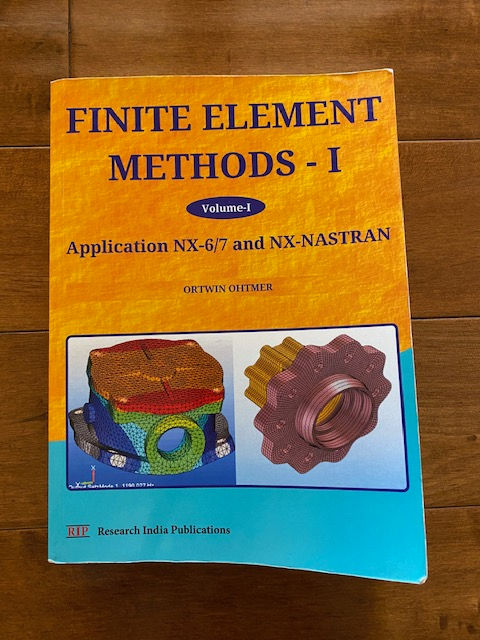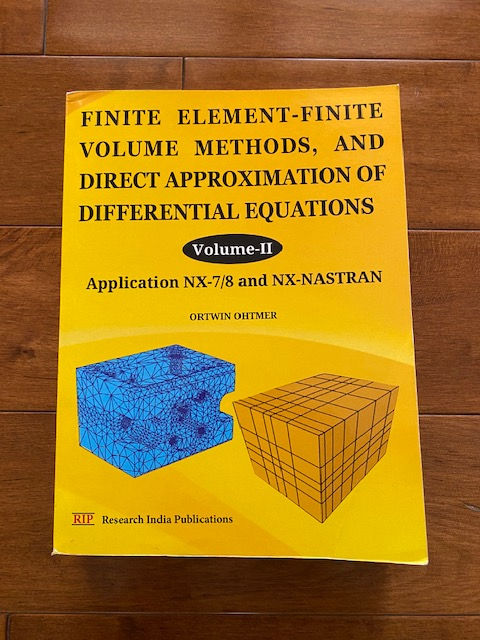FE Beam - a web base application
- ortwinohtmer
- Dec 23, 2020
- 3 min read
Updated: Dec 24, 2020

FE Beam web base application documentation:
The topics of the class are specified in the catalog as a summary and in more detail within the syllabus. Due to the fact that every problem related to the class-content can be specified and solved with available menu-driven software, class instruction is subdivided into three parts. The first part is devoted to theoretical aspects (matrix notations, numerical analysis, finite element (finite volume) method, and related numerical processes. Secondly, static and dynamic problems are solved in class using only a table calculator. Within a third section a small amount of class time is spent on the introduction of related menu-driven software and solving problems via the computer. The same problems previously solved with a table calculator, or available in the literature, or calculated with competing software systems are then solved with the introduced software (NX-6). Matching the results of the same problem via a table calculator and solving via a computer using a software system is a very powerful assessment tool. All homework assignments are structured the same way. The hand calculations must match the
Self explanatory and easy to understand.
Before the advent of computers, special methods were applied for different groups of problems. There are graphical solutions, or the method of superposition, or for example, a beam can be analyzed by replacing the related fourth order differential equation by two second order differential equations. Although those methods do not represent a platform for more advanced studies in structural engineering they are still taught in detail at most universities. Nearly forty years ago there was an interesting development of a new method based on matrix notation to solve frame structures called the reduction procedure, developed by S. Falk. For six years I was his Assistant Professor. At first glance this numerical procedure seemed to have great potential for computer applications. A cut-vector at the end of one frame structure served as the cut-vector at the start of the next adjacent frame member, and so on. The same parameters were carried over several members (in a row) with different properties. In the end only a maximum of three equations with three unknown parameters had to be solved. The unknown parameters could represent deflections, forces, or moments at the start of many frame members in a row. To fulfill the boundary conditions at the end of the frame structure caused numerical problems. To avoid ill-conditioning of the numerical procedure while going through several frame members, new free parameters must replace the previous ones. The physical explanation is simple: free parameters at one side of the structure are not influencing the frame boundary conditions at the other side of the structure. Due to this numerical instability, and the fact that the reduction procedure could not be extended to structures such as plates, shells, and solids, developers moved away from this procedure. The replacement was the finite element procedure which had just been developed in the 1960s. Today engineering software uses the finite element method for simulation and analysis in very different areas. FEBEAM, the content of this research, is such software. It is not a commercial program to compete with industry, but is limited to a frame of five nodes and four elements in two dimensions. The intent is to help teach this finite element method. This software was written by the author, my son MARTIN OHTMER, in Visual BASIC during the period January 2000 to March 2003.
The Goal is to teach the usefulness of finite element methods for solving structural engineering problems.
FEBEAM contains 480 subroutines and is about eight hundred pages long . FEBEAM used along with the teacher‟s lecture is a finite element walk-through for the mechanical engineering student . The student can become familiar with and learn the finite element method by “playing” with the different steps and trying out various scenarios. FEBEAM is intended to be self-explanatory software. It activates dialog boxes to allow actions and grays out dialog boxes to disallow actions . The software corrects all syntax errors and prompts the user to correct the input. Error dialog boxes or warning messages appear to guide the user and inform about the correct use of the software . Thus , just like professional software should be , it is not possible to “crash” the program . Although FEBEAM contains a Help menu , it is simple enough to use without an instruction manual. The solutions of FEBEAM are exact , including shear deformation . Many textbook solutions lead to different results avoiding shear deformation .


Comments